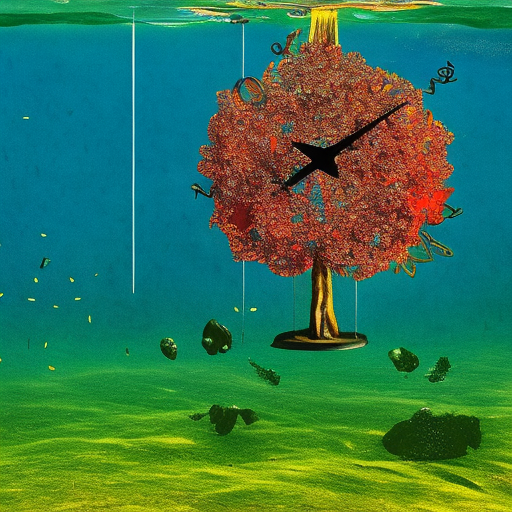Surrealism: Exploring the Depths of the Unconscious Mind
Surrealism is an artistic and literary movement that emerged in the early 20th century, primarily in Europe. It sought to unleash the power of the unconscious mind and explore the realm of dreams, fantasies, and the irrational. Surrealism was a reaction against the rationality and constraints of society, aiming to liberate the creative spirit and challenge conventional norms.
Origins and Influences
Surrealism was heavily influenced by the ideas of Sigmund Freud, particularly his theories on the unconscious mind and dreams. Freud’s exploration of the hidden desires and fears within the human psyche resonated with the Surrealists, who sought to tap into these depths to create their art. The movement was also influenced by the Dada movement, which rejected traditional forms of art and embraced absurdity and anti-establishment ideas.
Key Figures
The Surrealist movement was led by André Breton, a French writer and poet who published the Surrealist Manifesto in 1924. Breton defined Surrealism as “pure psychic automatism,” emphasizing the importance of spontaneous, unfiltered expression. Other key figures in the movement included Salvador Dalí, René Magritte, Max Ernst, and Joan Miró. Each artist brought their unique style and interpretation to Surrealism, pushing the boundaries of imagination and reality.
Characteristics of Surrealism
Surrealist art often features juxtapositions of unrelated objects, dreamlike landscapes, and distorted figures. The movement sought to challenge the viewer’s perception and provoke an emotional response. Surrealist artists used techniques such as automatic drawing, where the artist allows their hand to move freely without conscious control, and frottage, which involves rubbing a pencil over a textured surface to create unexpected images. These techniques allowed the artists to tap into their unconscious and access a deeper level of creativity.
Themes and Motifs
Surrealist art explored a wide range of themes, including sexuality, the subconscious, the human condition, and the nature of reality. Many Surrealist works depict strange and unsettling scenes that blur the line between fantasy and reality. The motif of the double or doppelgänger is also common in Surrealism, representing the dual nature of the self and the hidden aspects of the psyche.
Legacy and Impact
Surrealism had a profound impact on the art world and continues to influence artists today. Its emphasis on the unconscious mind and the exploration of the irrational opened up new possibilities for artistic expression. Surrealism also had a significant influence on other art forms, such as literature, film, and music. The movement’s legacy can be seen in the works of contemporary artists who continue to push the boundaries of imagination and challenge societal norms.
Conclusion
Surrealism was a revolutionary movement that sought to liberate the creative spirit and explore the depths of the unconscious mind. Through the use of dreamlike imagery, unexpected juxtapositions, and unconventional techniques, Surrealist artists created a new language of art that challenged conventional norms and expanded the boundaries of imagination. The movement’s legacy continues to inspire and influence artists, reminding us of the power of the unconscious and the limitless possibilities of the human imagination.












